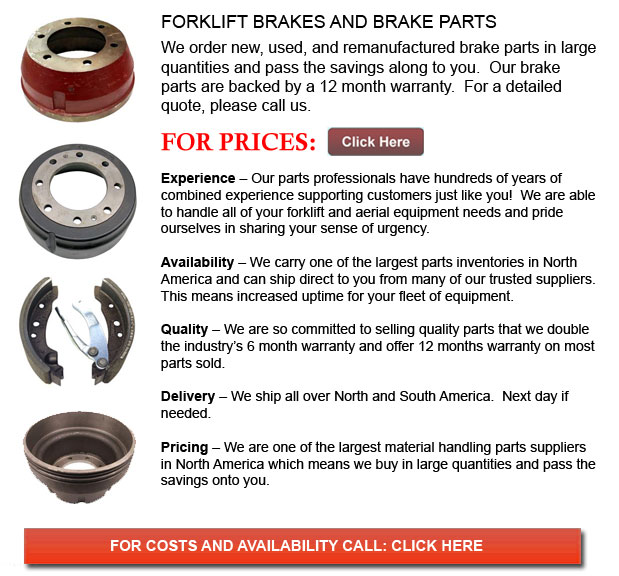
Forklift Brakes - A brake drum is in which the friction is provided by the brake shoes or brake pads. The shoes or pads press up against the rotating brake drum. There are a few other brake drums kinds together with certain specific differences. A "break drum" would normally refer to if either shoes or pads press onto the interior surface of the drum. A "clasp brake" is the term utilized to describe whenever shoes press against the outside of the drum. One more kind of brake, called a "band brake" utilizes a flexible belt or band to wrap around the outside of the drum. Where the drum is pinched in between two shoes, it can be referred to as a "pinch brake drum." Like a standard disc brake, these types of brakes are quite rare.
Old brake drums, previous to nineteen ninety five, required to be constantly adjusted in order to compensate for wear of the shoe and drum. "Low pedal" could result if the needed modifications are not carried out satisfactorily. The motor vehicle can become dangerous and the brakes could become ineffective whenever low pedal is mixed together with brake fade.
There are various Self Adjusting Brake Systems existing, and they can be categorized within two main kinds, RAI and RAD. RAI systems have inbuilt tools that avoid the systems to recover when the brake is overheating. The most recognized RAI manufacturers are Bosch, AP, Bendix and Lucas. The most famous RAD systems comprise Bendix, Ford recovery systems, Volkswagen, VAG and AP.
Self-repositioning brakes normally make use of a device that engages only if the vehicle is being stopped from reverse motion. This stopping technique is suitable for use where all wheels make use of brake drums. Nearly all vehicles nowadays make use of disc brakes on the front wheels. By working only in reverse it is less likely that the brakes would be adjusted while hot and the brake drums are expanded. If adapted while hot, "dragging brakes" can occur, which raises fuel expenditure and accelerates wear. A ratchet mechanism that becomes engaged as the hand brake is set is another way the self repositioning brakes could work. This means is just suitable in functions where rear brake drums are utilized. When the parking or emergency brake actuator lever goes beyond a particular amount of travel, the ratchet developments an adjuster screw and the brake shoes move in the direction of the drum.
There is a manual adjustment knob situated at the base of the drum. It is typically adjusted via a hole on the other side of the wheel and this requires getting beneath the lift truck using a flathead screwdriver. It is of utmost importance to move the click wheel properly and modify each wheel equally. If unequal adjustment occurs, the vehicle may pull to one side during heavy braking. The most effective method in order to make sure this tedious job is done safely is to either lift each and every wheel off the ground and spin it manually while measuring how much force it takes and feeling if the shoes are dragging, or give each one the same amount of clicks using the hand and then do a road test.
![]() Click to Download the pdf
Click to Download the pdf
Forklift Parts
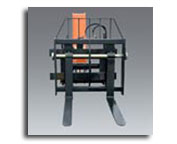
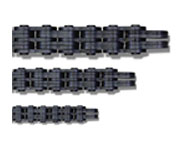
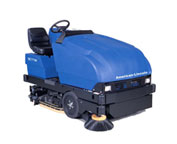
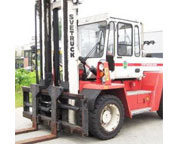
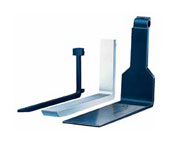
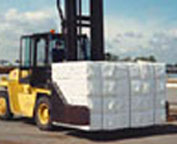
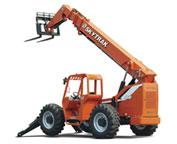
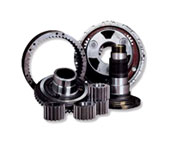
Lift Parts Express
TOLL FREE: 1-888-695-7994
St. Louis, Missouri
forkliftpartsstlouis.com
Email Us
About Us


